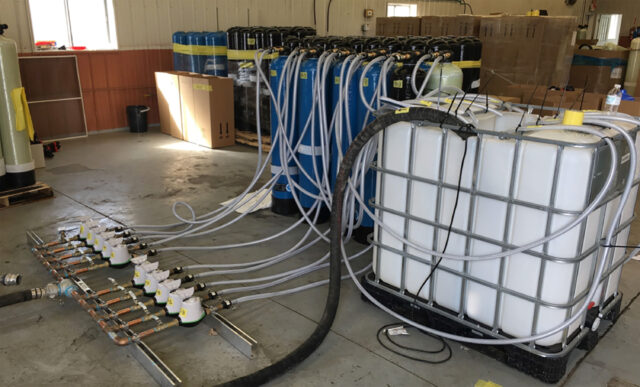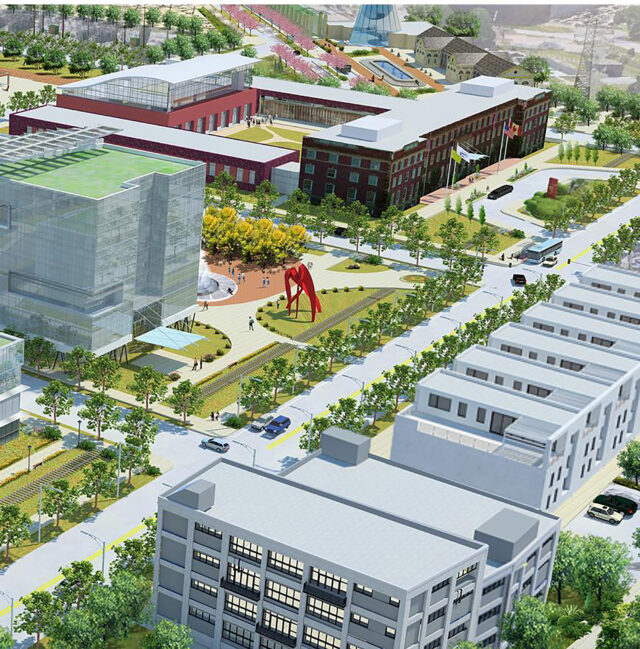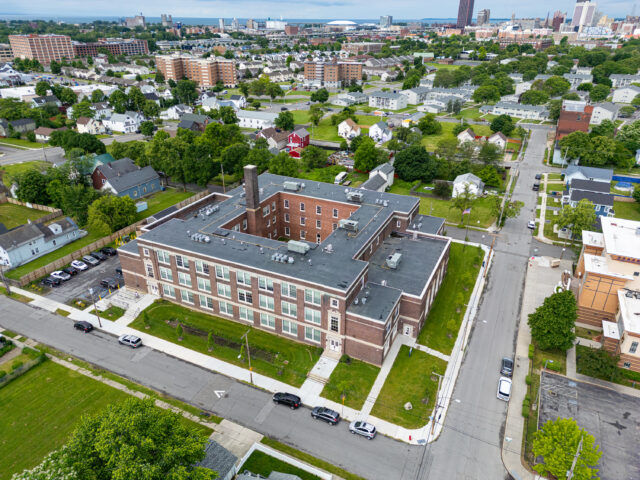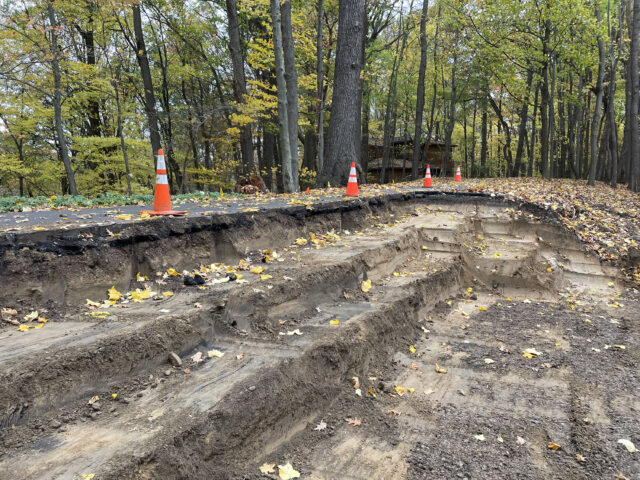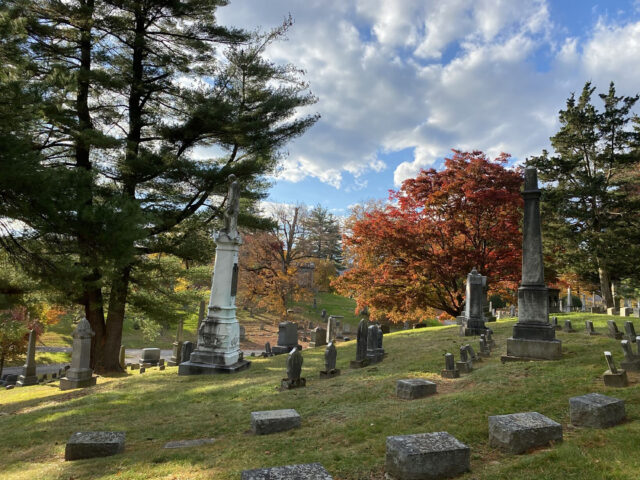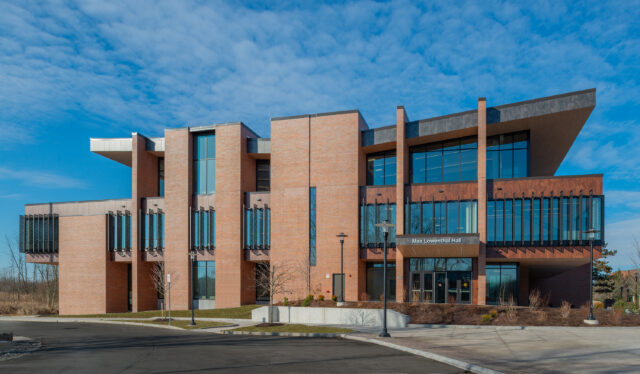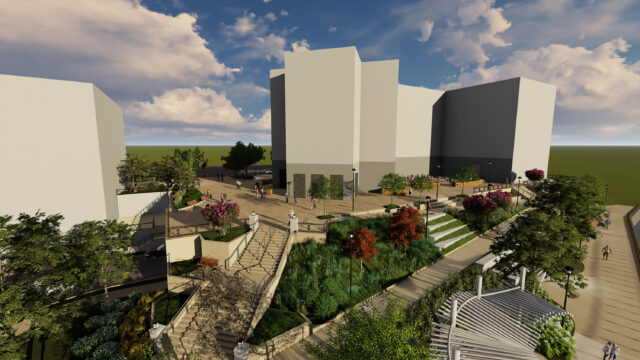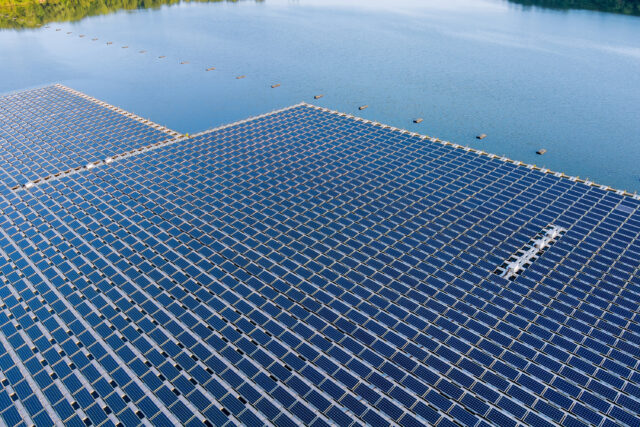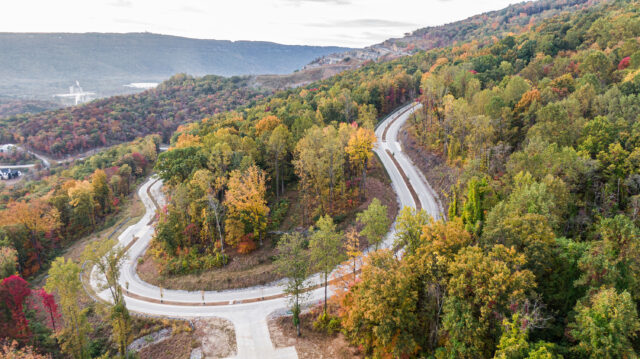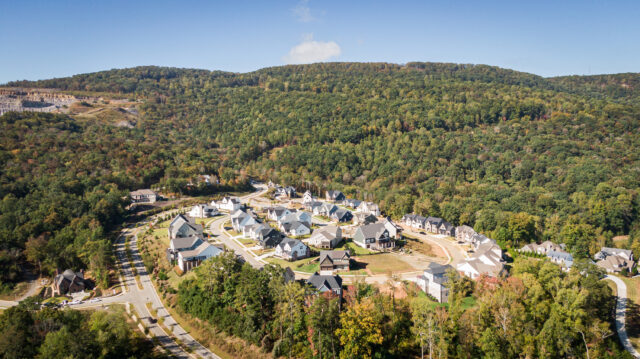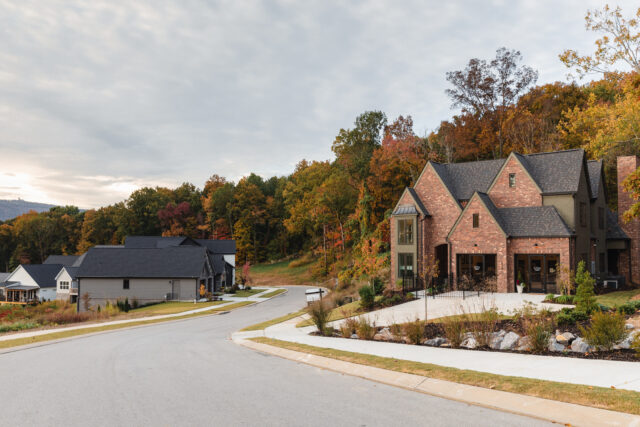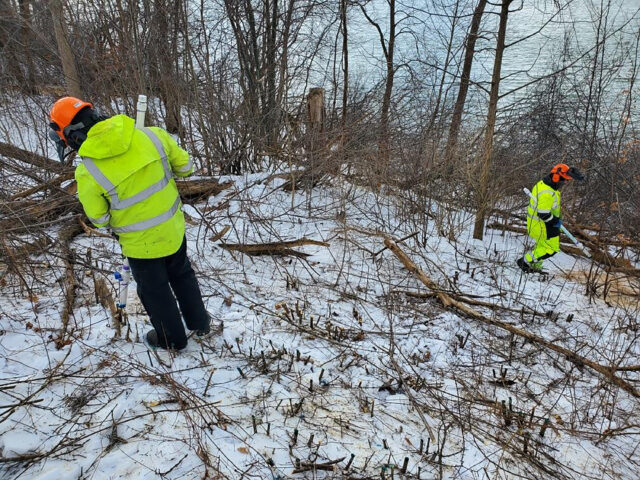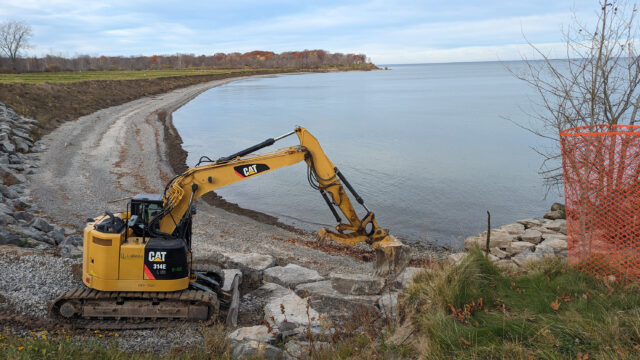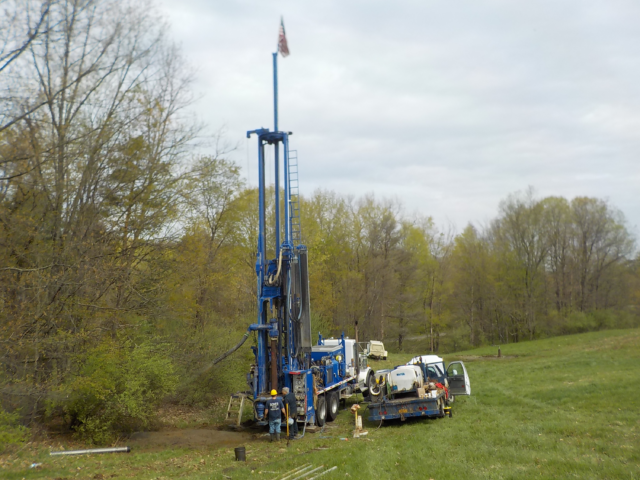
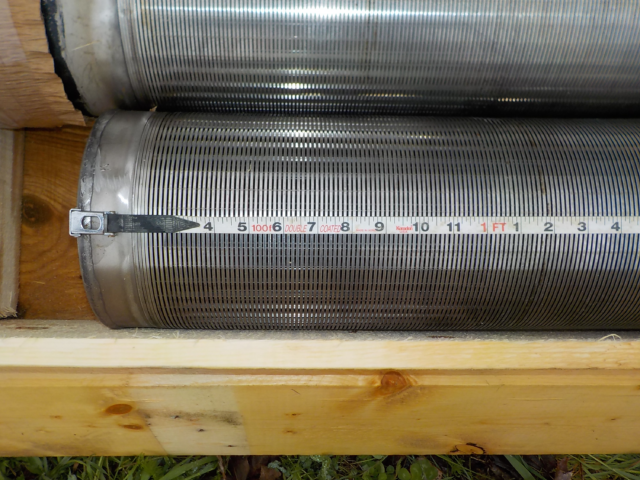
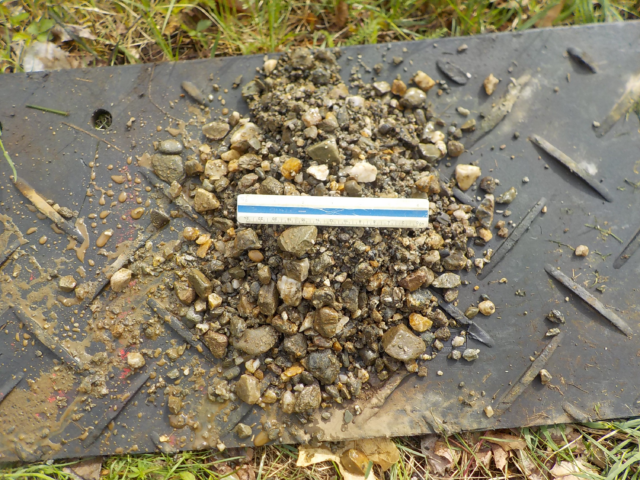
Village of Pawling Supplemental Groundwater Sources
Development of New Municipal Water Supply Wells in Response to Supply Shortages
The Village of Pawling has had a lengthy history of securing sufficient drinking water supplies and has been subject to consent orders to find additional sources of supply. By the 2010’s, Pawling found itself in a situation where the combined yield of its groundwater sources was insufficient to meet all the system demands. At times, Pawling was forced to purchase bulk water to supplement its supply. In response, LaBella conducted a desktop study to determine where overburden groundwater resources might be developed. In 2018 the Village contracted with LaBella to conduct an exploratory soil boring program to characterize the depth and texture of saturated sediments on the Umscheid property. Following favorable testing results, LaBella oversaw the design and installation of two new wells that were tested to have satisfactory water quality and quantity.
In late summer and fall 2020, the Village’s source capacity was unable to meet restricted system demands. The Village declared an emergency and sought permission to use one of the Umscheid wells (PW-2) to supplement source capacity. Permission was granted by the state and county for an Emergency Use Authorization. Since November 6, 2020 Well PW-2 has supplied 100 gallons per minute (gpm) of safe, potable water to Village residents. Permanent connection of the Umscheid wells was completed in 2022.
A condition of the NYSDEC water withdrawal permit for the Umscheid wells requires the Village to further develop water supply sources to adequately address the water demands of the Village. In 2021, LaBella initiated a test well program on the nearby Lower Baxter site. Data acquired during this test well program indicated that the Lower Baxter Aquifer had excellent water quality, meeting all regulatory requirements with the potential to produce between 100 gpm and 200 gpm. Due to the proximity of wetlands, government agencies required further testing and the installation of additional test wells. Subsequent well installation and testing was highly successful and the Lower Baxter project is moving forward with SEQR, design, and permitting.

